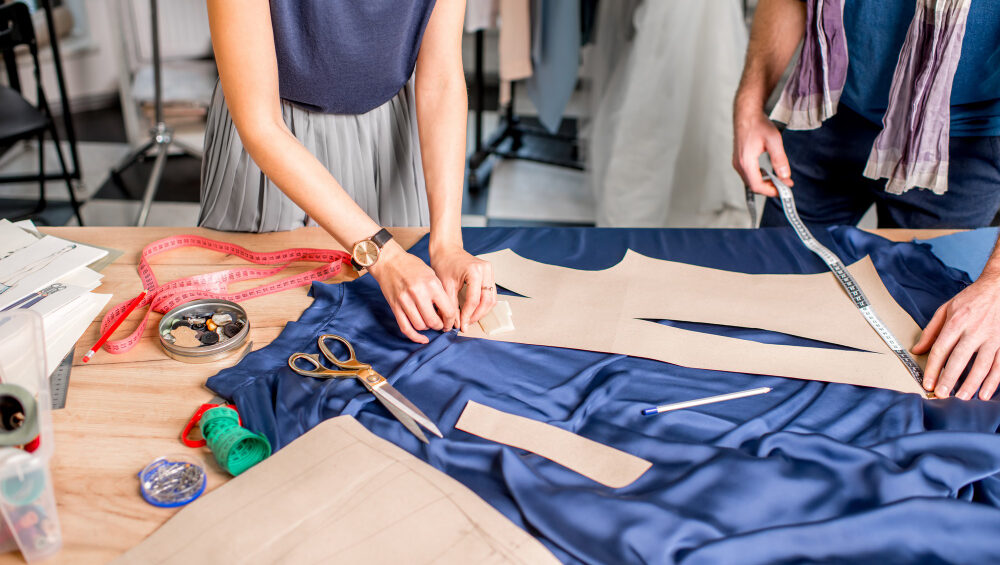Rethinking Clothing With Adaptive Alterations
It’s estimated that about 13.7 percent of Canadians live with a disability, but this doesn’t take into account children or the elderly. It can be difficult for someone with arthritis or another mobility issue to live independently. Getting dressed can be a challenge when you can’t get out of bed or have to be in a wheelchair all the time. Fortunately, through adaptive clothing alterations, clothes can be redesigned to make it easier for someone to dress themselves. Let’s talk about some of the ways that clothing can be tailored for struggle-free dressing for independence and fashion.
Rethinking Pants for the Seated Figure
Adaptive clothing tailoring can adjust pants to make them more comfortable to someone who is confined to a wheelchair. By shortening the center front seam and lengthening the back seam, it reduces the snugness in the crotch area and keeps the fabric from bunching up around the stomach. Knit fabrics are much more forgiving and comfortable for a seated person, too.
Traditional pant pockets are impractical to someone in a wheelchair. Relocating pockets and making them roomier can make pockets more accessible. Cargo pockets on the front upper thigh offer accessible storage. Add a zipper for security, so things don’t fall out of the pockets. Our tailors can also add hidden pockets to garments.
Adaptive Clothing for Limited Mobility
Sitting and laying on extra fabric for long periods of time can lead to pressure sores. A bulky seam can be problematic. Many disabled persons cannot adjust their clothing. A gusset in the crotch area provides additional room without increasing bulkiness in the back of the garment. Adding zippers in seamlines or creating a drop panel that opens easier at the waist can make pants easier to take off, especially when needing to use the bathroom. A tailor can easily make those adaptive clothing alterations.
Adjusting Clothing for Independence
Instead of waistbands that fasten with buttons or hooks, which can be difficult to grasp when you have arthritis, adding elastic to the waist band can accommodate weight fluctuation and be more comfortable. It can also be easier for someone to dress themselves. Velcro fasteners or ties might be another option for jeans, skirts and dress pants.
For sweaters and shirts, replace buttons with Velcro fasteners. Have the tailor conceal the closure behind faux buttons. Open the back of a garment, keeping the front intact. Add Velcro fasteners behind and make it easier to slide on and off when a person must stay in one place. Individuals can slide their arms into the garment, rather than having to raise their arms or move them to their back. Don’t forget to adapt nightgowns with the same techniques. You can have your tailor widen the neck opening to make a garment easier to put on and take off.
Clothing Can Make Someone Feel Great
The disabled want to look and feel good, so pay attention to fit and style when helping someone find clothes. Don’t buy a garment based on it’s adaptivity. Buy clothing that the person wants to wear. Contact Stitch It to ask about adaptive clothing tailoring services. Independence and style is completely possible.
